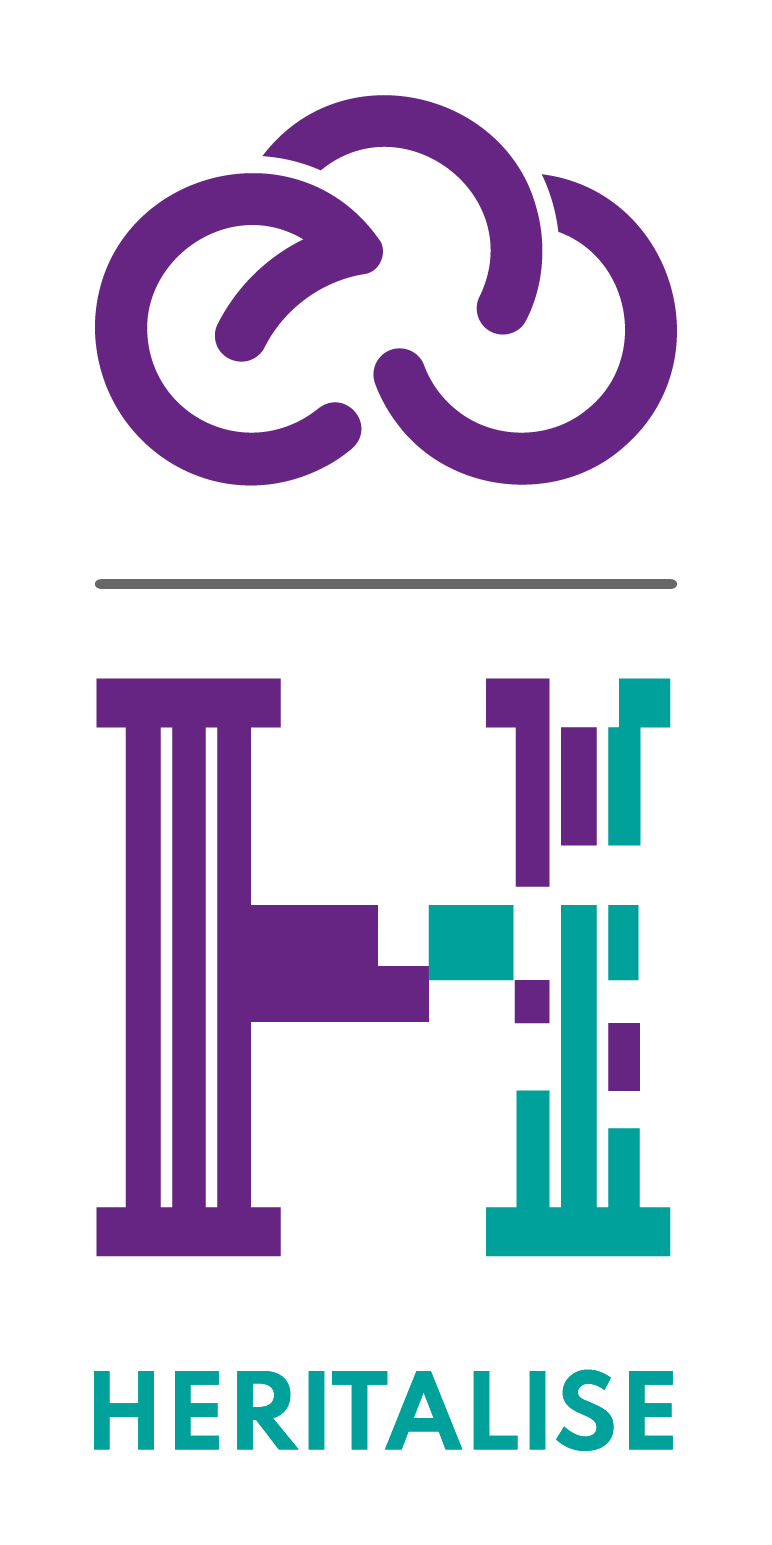Heritalise
RESEARCH AND DEVELOPMENT OF ADVANCED DIGITIZATION SOLUTIONS FOR DOCUMENTING AND REPRESENTING VARIOUS EUROPEAN CULTURAL HERITAGE ASSETS
This initiative, involving 17 interdisciplinary partners from 17 representative European countries, will develop advanced techniques and tools for various cultural heritage assets, visible and non-visible, that will serve to connect institutions and professionals in the cultural sector thanks to cutting-edge technologies that will provide substantial improvements in the organization, management, preservation, visibility, interconnectivity, access and valorization of Cultural Heritage.

About HERITALISE
Project's main objectives
To create digital tools that can meet the current needs of the cultural sector to contribute to a more accessible, efficient and inclusive digital future, addressing advanced technological methodologies IA, HW/SW and, integrated shared-use developments.
Specific objectives and technological applications
Technological Objectives
- Evaluate and define current digitization standards, methodologies and data requirements for tangible and intangible CH objects.
- Enhance 2D/3D technologies with improved calibration, metrology and multimodal capabilities for scalable, high quality digitization.
- Develop AI-driven workflows, data fusion, and algorithms to optimize post-processing, integrating tangible and intangible data for conservation insights.
- Create tools to improve CH engagement, accessibility and real-time tracking of digitized assets.
- Develop open components for seamless data integration into CH databases leveraging APIs, semantic standards, and metadata.
- Address technology transfer challenges, standardize web platforms and showcase digitization applications through 4 proof-of-concept use cases.
Impacts
- Improve intervention speed and maintenance optimization for cultural heritage preservation and preservation effectiveness by achieving 40% faster intervention speed and optimized maintenance and minimizing risks of irreversible damage by enabling accurate detection of hidden problems, improved geometric accuracy and advanced analysis through HBIM and data fusion.
- Enable 2,000 heritage professionals to collaborate in new ways, benefit 100 stakeholders and reach up to 10 million users, improving museum engagement with collections and the public, while aligning heritage work with the Sustainable Development Goals to support education, the economy and society.
- Provide 70% more democratic access to a distributed, FAIR-based software and data ecosystem generating 50% cost savings in maintenance and monitoring and significantly improving the efficiency and effectiveness of preservation planning.
- Engage the public more deeply, fostering learning and community connections, while facilitating collaborative networks across Europe and beyond.
- Improve the accuracy of digitization, enabling digital twins to authentically represent heritage objects and support heritage organizations, boost tourism and education, and strengthen European identity.
- To improve, thanks to digitization, the accessibility of museums all over Europe, making resources accessible and contextually enriched.
- Support the objectives of the EU Green Pact by contributing to monitoring, adaptation, mitigation and communication efforts to address the climate emergency.
- Support the objectives of the European Bauhaus by improving access to digital heritage through the ECCCH, enhance digitization and provide detailed metadata for digital heritage to inspire creativity and contribute to the New European Bauhaus movement.
Pilot center West Highland Museum Fort William, Scotland
Pilot center Timespan Museum Highlands, Scotland
Pilot center Reggia di Venaria Reale Turin, Italy
Pilot center Villa Portelli Kalkara, Malta
CONTACT us
- comet@comet.technology
- (+34) 930 23 91 26